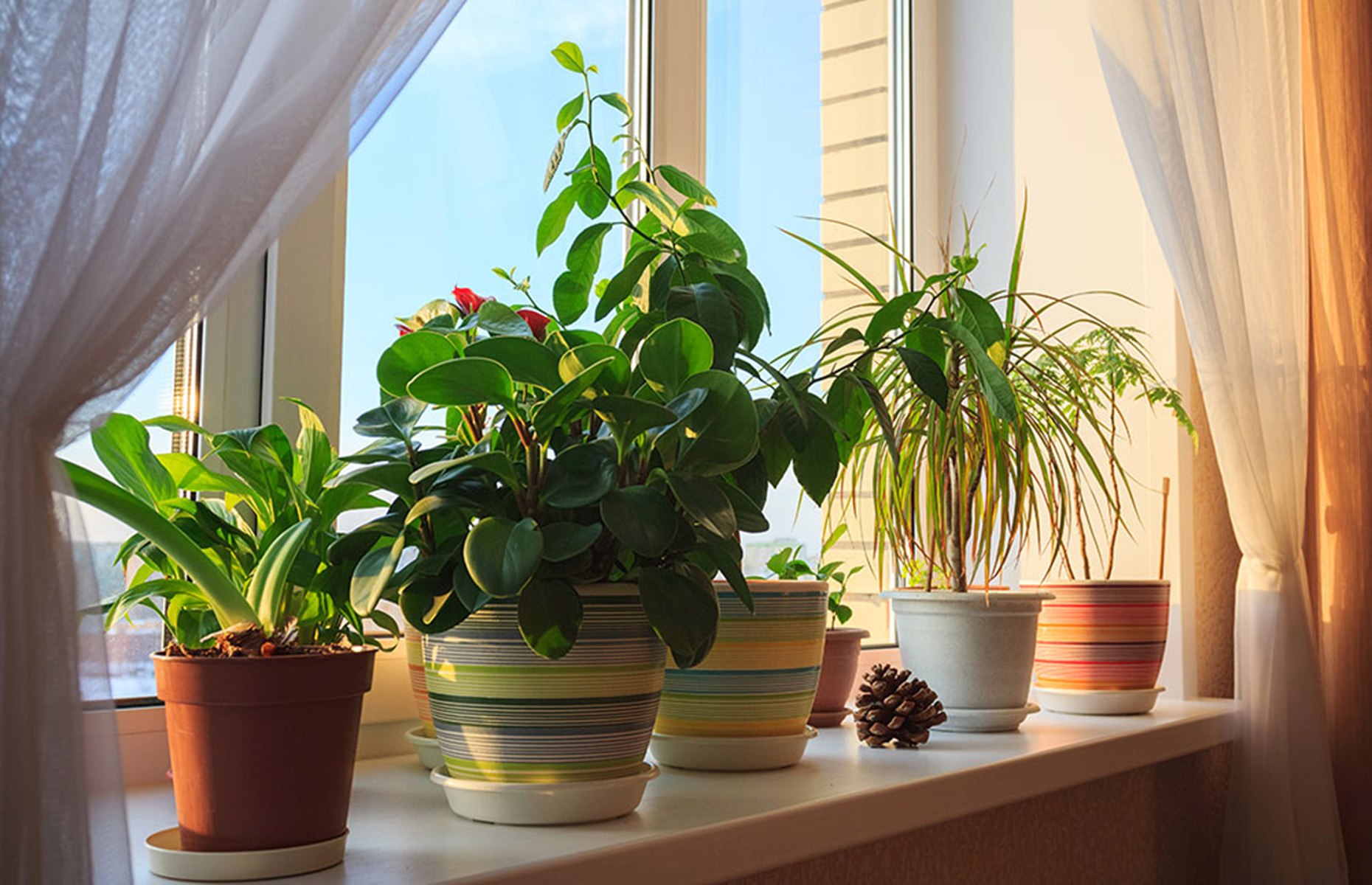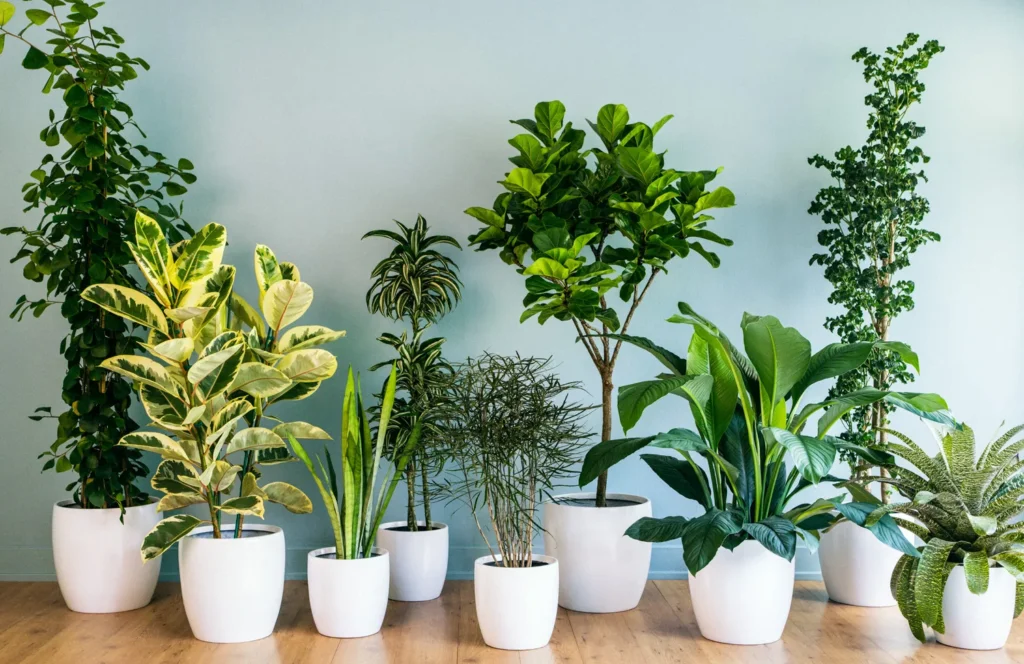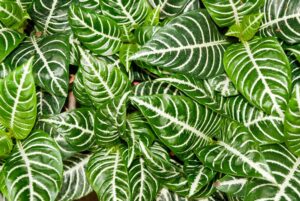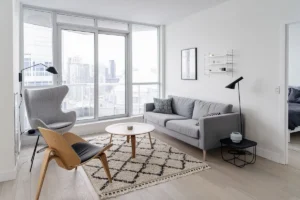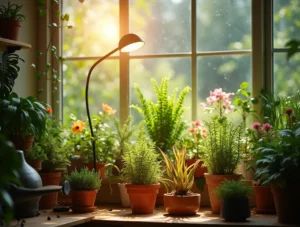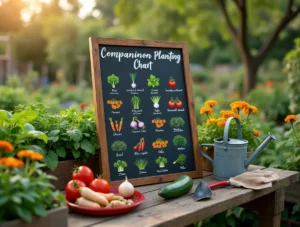When it comes to enhancing the ambiance of a room or office, houseplants for low light are a game changer. Many people are drawn to houseplants because they bring a touch of nature indoors, purify the air, and contribute to a sense of well-being. However, not every space has abundant natural light, and finding plants that thrive in the dark can be a challenge.
On This Page
In this guide, we’ll explore 10 stunning houseplants that not only survive but actually thrive in low-light conditions. These plants are ideal for spaces where sunlight is scarce, such as apartments with limited window space, rooms without direct sunlight, or offices with minimal natural light. Understanding which plants are best suited for these conditions can transform your living environment, making it more vibrant and inviting.
Why choose low-light houseplants?
Low-light houseplants are essential for several reasons:
- Aesthetic Enhancement: They add a touch of green to spaces that would otherwise look barren or dull.
- Air Quality: Many low-light plants have air-purifying properties, improving indoor air quality even in less-than-ideal lighting conditions.
- Low maintenance: These plants are often easier to care for, requiring less frequent watering and minimal fuss.
Common scenarios where low-light plants are beneficial include:
- Apartments: Limited window space or orientation can reduce natural light.
- Offices: Often have artificial lighting with minimal natural sunlight.
- Rooms without windows: Basements or interior rooms can benefit from low-light plants.
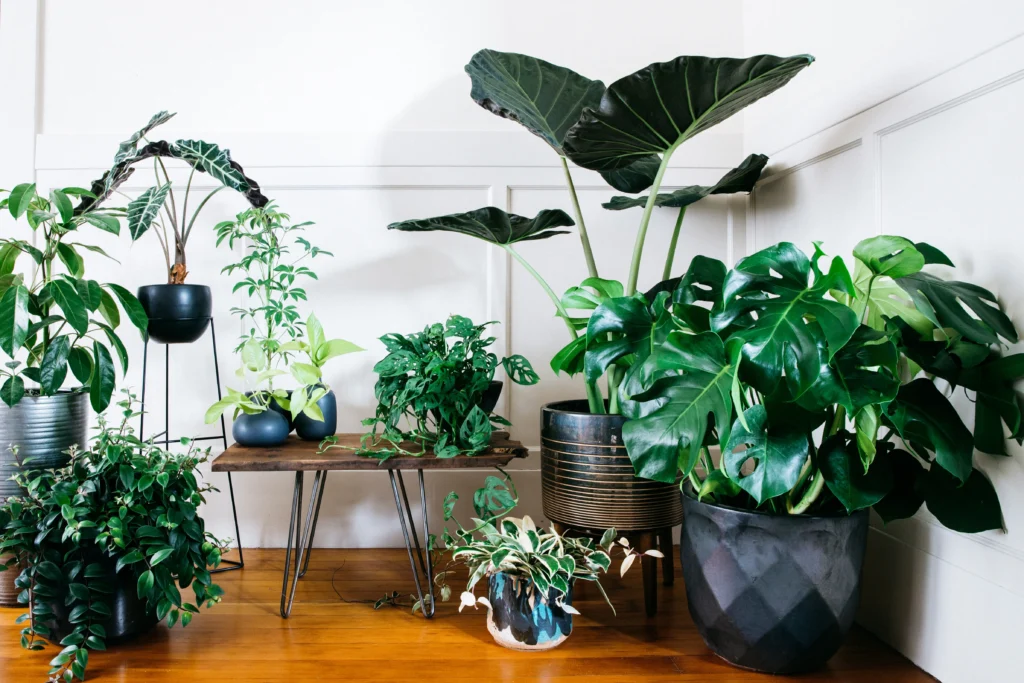
Understanding Low-Light Conditions
What Are Low-Light Conditions?
When we refer to low-light conditions for houseplants, we’re discussing environments where natural light is minimal or indirect. This can be due to several factors:
- Distance from Windows: Rooms far from windows or those with only small windows can experience low light.
- Light Intensity: Low light doesn’t mean no light; it means the light is weak or diffused, often from indirect sources.
- Artificial Lighting: Fluorescent lights or LED lights, though helpful, don’t always provide the full spectrum needed by some plants.
Low-light conditions can range from bright indirect light to very dim environments. To assess if your space qualifies as low-light, consider these points:
- Sunlight Exposure: Is there natural light at all times of the day? If sunlight is only present briefly or not at all, your space may qualify as low-light.
- Light Measurement: Use a light meter or smartphone app to measure light intensity. Spaces with readings below 50-100 foot-candles typically qualify as low-light.
Difference Between “Low Light” and “No Light”
It’s crucial to distinguish between “low light” and “no light”:
- Low Light: Refers to spaces with minimal but present light. Plants in these areas can still perform photosynthesis, though at a reduced rate.
- No Light: Complete darkness where no natural light is available. Most plants cannot survive in total darkness and require some form of light to thrive.
Factors Affecting Plant Growth in Low-Light Environments
Several factors impact how well plants grow in low-light conditions:
- Distance from Light Source: Plants further from a light source will generally receive less light, which can affect growth.
- Artificial Light: The type and intensity of artificial light can supplement natural light. Full-spectrum grow lights can mimic sunlight.
- Humidity and Temperature: Lower light conditions often coincide with varying humidity and temperature levels. Maintaining the right environment is crucial for plant health.
Practical Tips for Managing Low-Light Conditions:
- Use reflective surfaces: mirrors or light-colored walls can help bounce light around the room.
- Rotate Plants: Regularly rotate plants to ensure all sides receive some light.
- Supplemental Lighting: Consider using LED grow lights to boost light levels.
Top 10 Stunning Houseplants That Thrive in the Dark
Here are ten houseplants that thrive in the dark, providing beauty and greenery even in spaces with minimal natural light. Each plant is selected for its adaptability to low-light conditions and ease of care.
1. Snake Plant (Sansevieria)
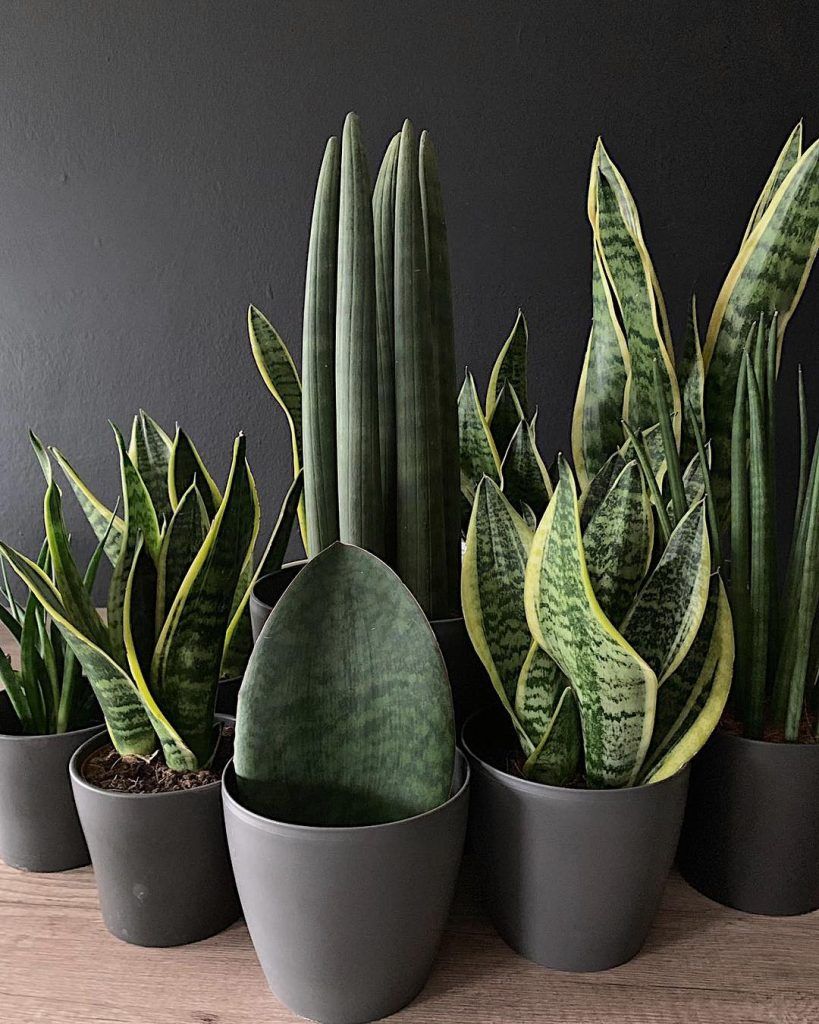
Description: The Snake Plant, also known as Mother-in-Law’s Tongue, is one of the most resilient houseplants. With its tall, upright leaves and striking appearance, it’s a popular choice for low-light areas.
Why It Thrives in the Dark: The snake plant can tolerate low light and irregular watering. Its ability to convert CO2 into oxygen at night makes it a great bedroom plant.
Care Tips:
- Watering: Allow the soil to dry out between waterings. Overwatering can lead to root rot.
- Soil: Use a well-draining potting mix.
- Light: While it can survive in low light, it grows best in indirect light.
2. ZZ Plant (Zamioculcas zamiifolia)
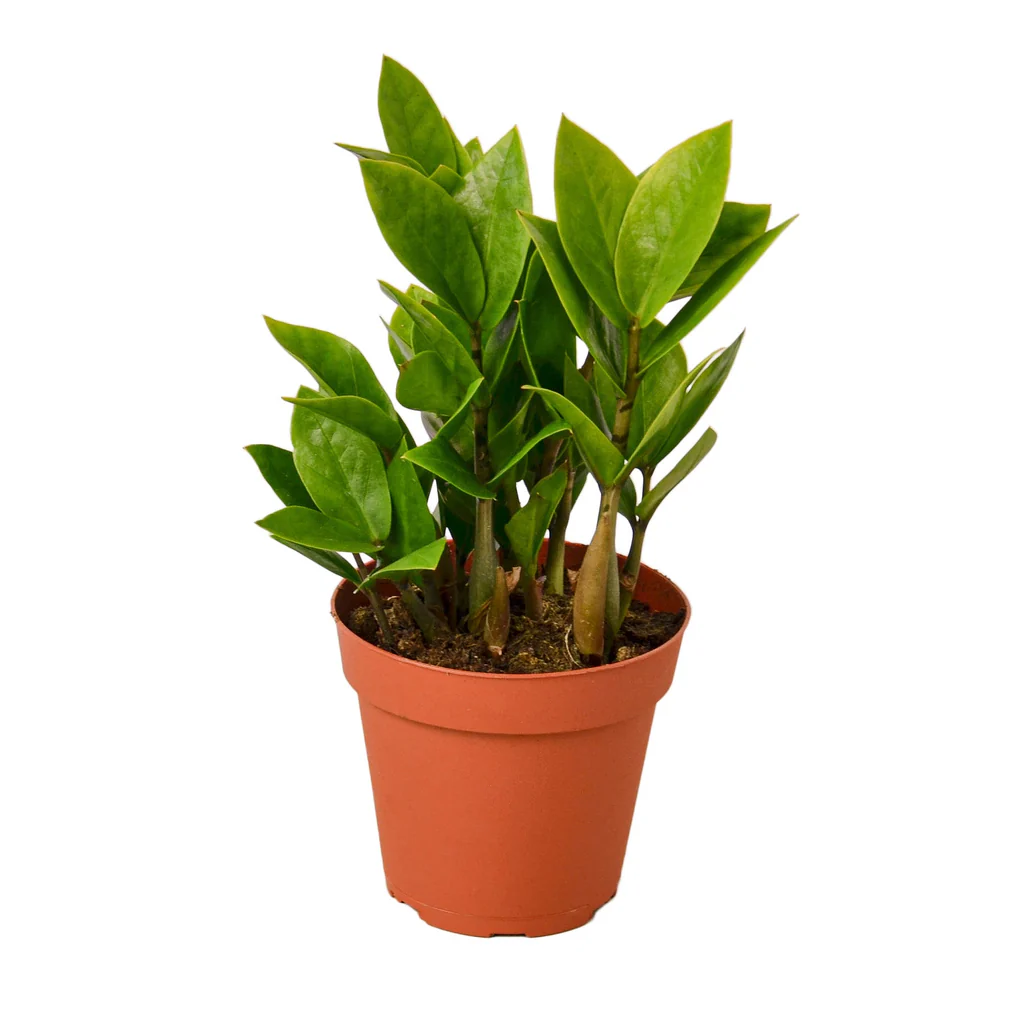
Description: The ZZ plant is renowned for its waxy, dark green leaves and its tolerance for neglect. It has a striking appearance that adds a touch of elegance to any room.
Why It Thrives in the Dark: The ZZ Plant is highly adaptable and can survive in very low light conditions. It stores water in its tuberous roots, making it drought-resistant.
Care Tips:
- Watering: Water sparingly. Allow the soil to dry out completely before watering again.
- Soil: Use a well-draining soil mix.
- Light: Prefers low to bright indirect light but can tolerate dark corners.
3. Pothos (Epipremnum aureum)
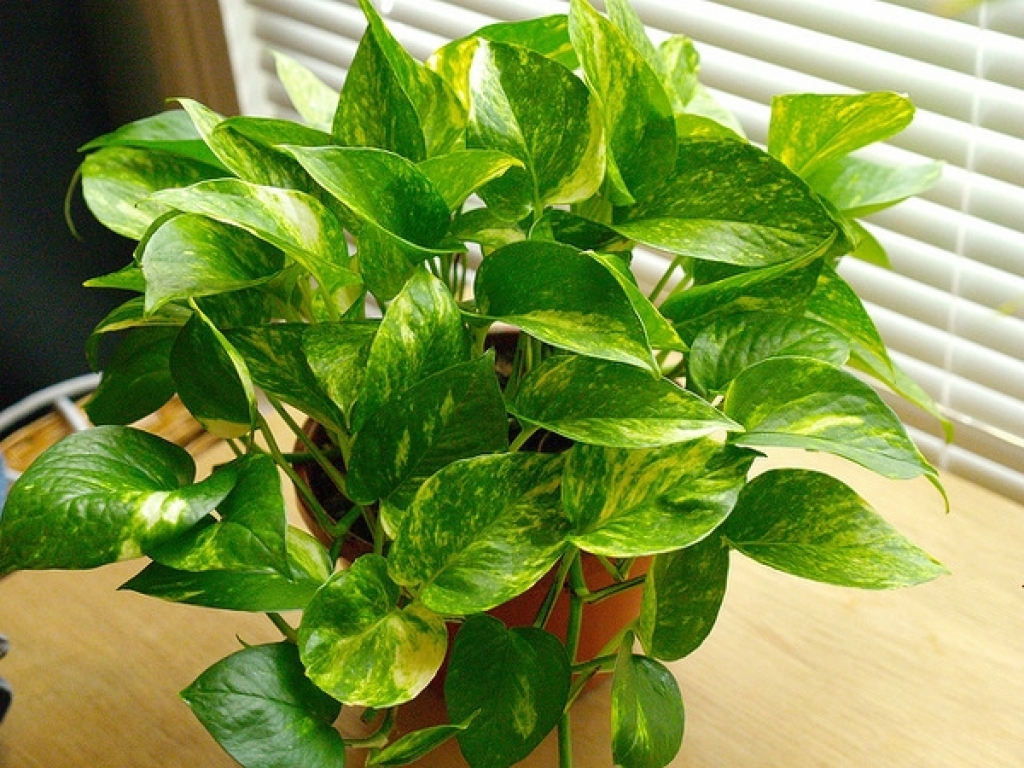
Description: Pothos is a popular, low-maintenance plant known for its trailing vines and heart-shaped leaves. It comes in various colors, including green, golden, and marble.
Why It Thrives in the Dark: Pothos is incredibly adaptable and can grow in low light. It’s also known for its air-purifying qualities.
Care Tips:
- Watering: Allow the soil to dry out between waterings. Pothos is forgiving of occasional neglect.
- Soil: A standard potting mix works well.
- Light: Thrives in low to medium indirect light. Avoid direct sunlight, which can scorch its leaves.
4. Cast Iron Plant (Aspidistra elatior)
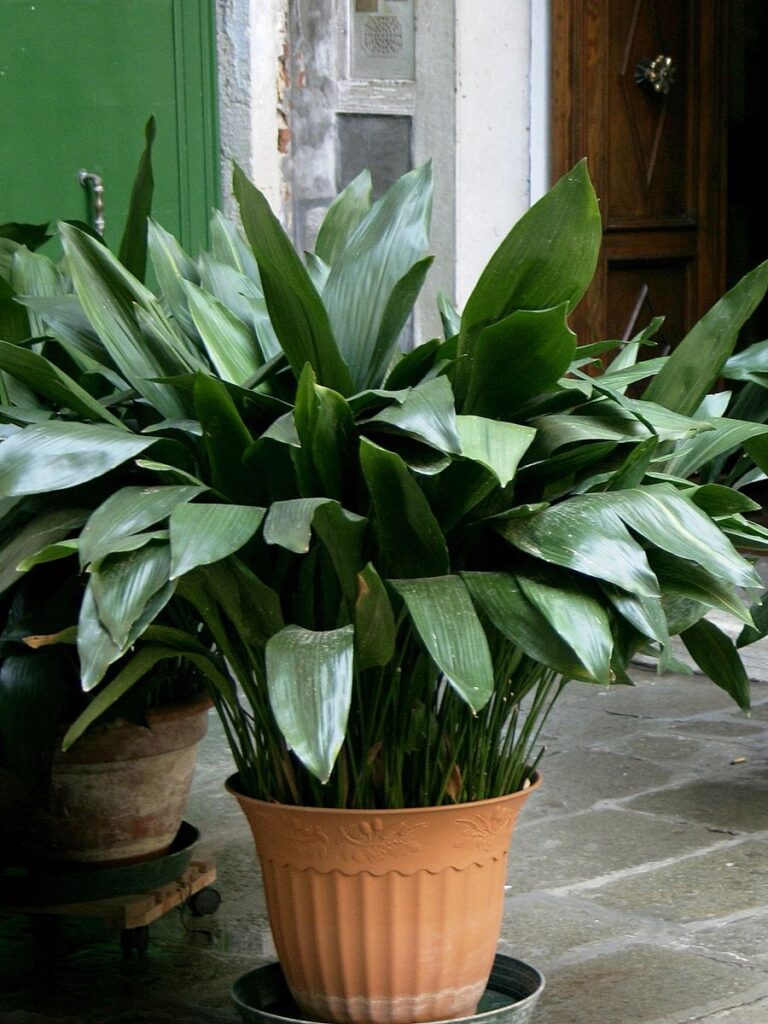
Description: As its name suggests, the Cast Iron Plant is incredibly tough and resilient. It has broad, dark green leaves that add a lush touch to any indoor space.
Why It Thrives in the Dark: It’s named for its ability to withstand neglect and low-light conditions. It’s also tolerant of temperature fluctuations and poor soil.
Care Tips:
- Watering: Water moderately. Allow the soil to dry out slightly between waterings.
- Soil: Use a general-purpose potting mix.
- Light: Prefers low to medium indirect light but can adapt to darker corners.
5. Chinese Evergreen (Aglaonema)
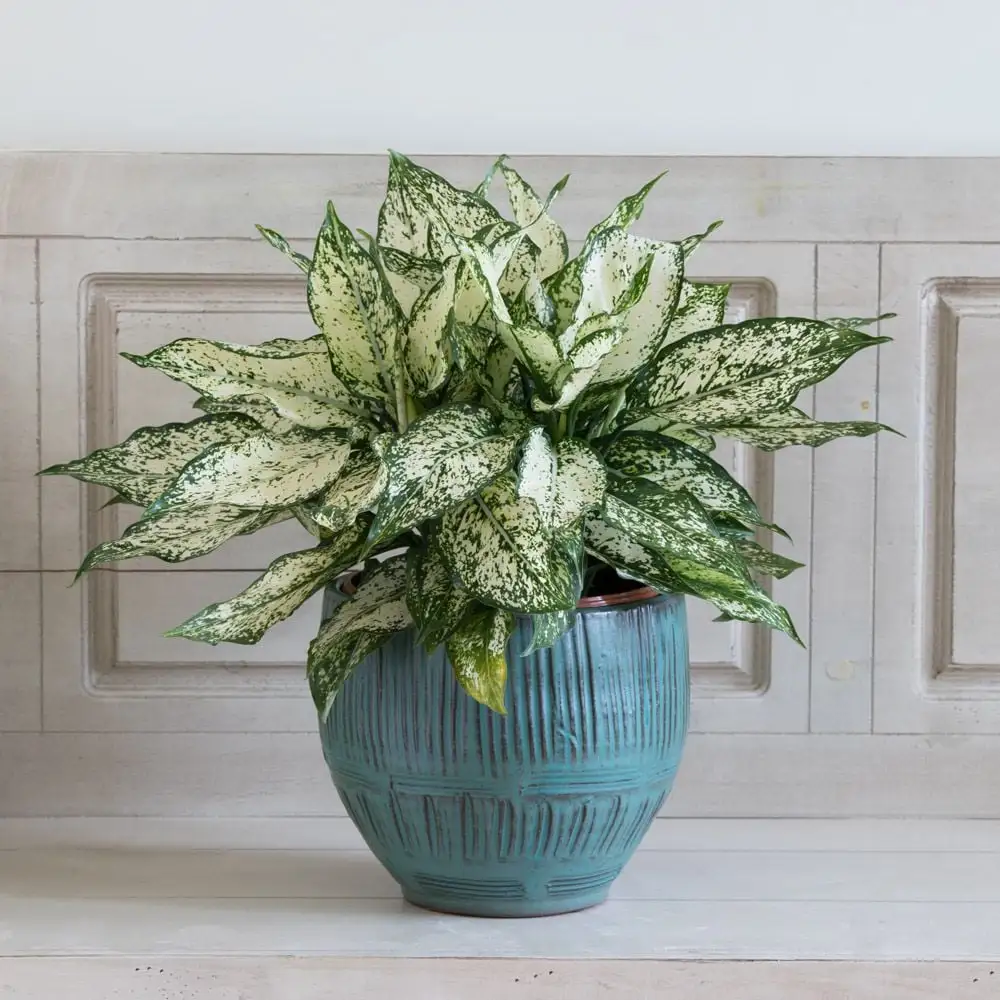
Description: Chinese Evergreen is known for its attractive, variegated leaves. It comes in various colors and patterns, making it a versatile addition to any indoor garden.
Why It Thrives in the Dark: This plant is well-suited for low-light environments and can tolerate neglect. It’s also known for its air-purifying properties.
Care Tips:
- Watering: Water when the top inch of soil feels dry. Avoid overwatering.
- Soil: A well-draining potting mix works best.
- Light: Thrives in low to medium indirect light. It’s sensitive to direct sunlight, which can damage its leaves.
6. Peace Lily (Spathiphyllum)
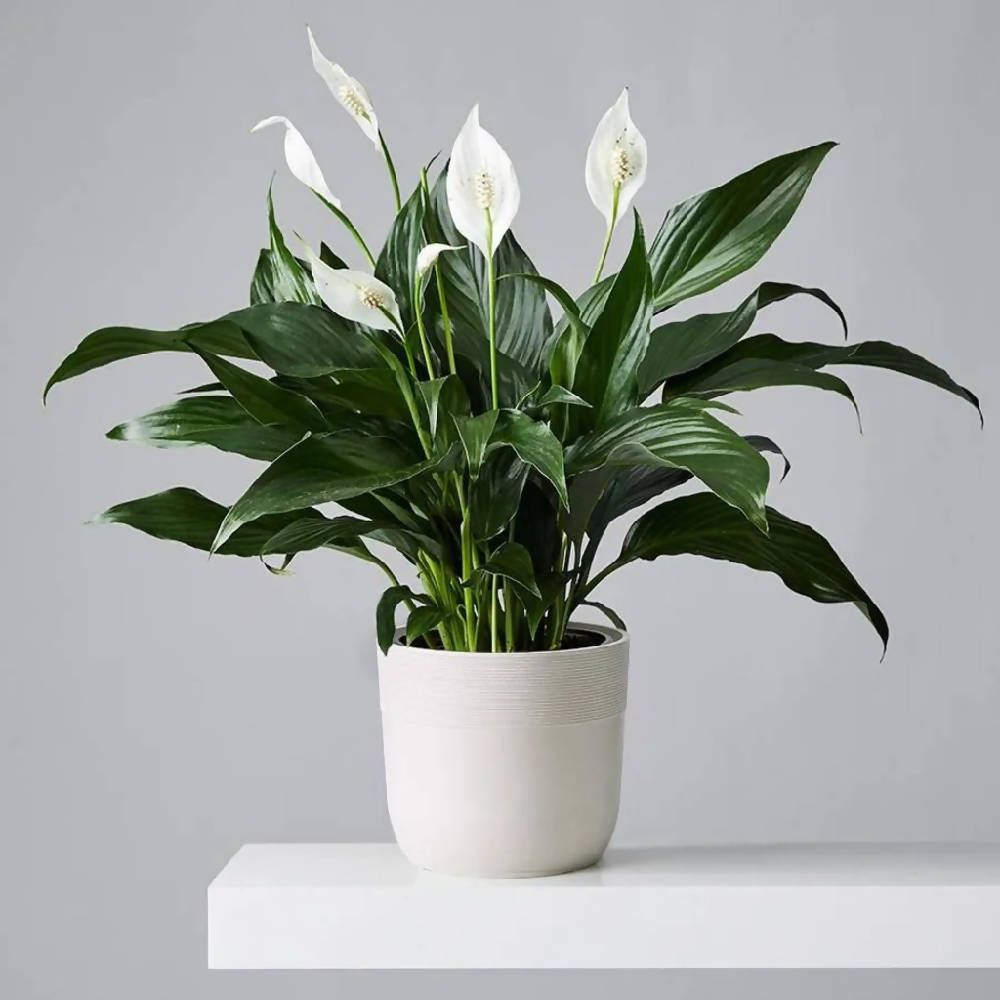
Description: The Peace Lily is renowned for its elegant white blooms and dark green foliage. It’s a favorite for its air-purifying qualities and aesthetic appeal.
Why It Thrives in the Dark: Peace Lilies can grow in low-light conditions and are known for their ability to remove toxins from the air. They also tolerate low humidity.
Care Tips:
- Watering: Keep the soil consistently moist but not waterlogged. Peace Lilies will droop when they need water.
- Soil: Use a well-draining potting mix.
- Light: Prefers low to medium indirect light. Avoid direct sunlight, which can cause leaf burn.
7. Maidenhair Fern (Adiantum)
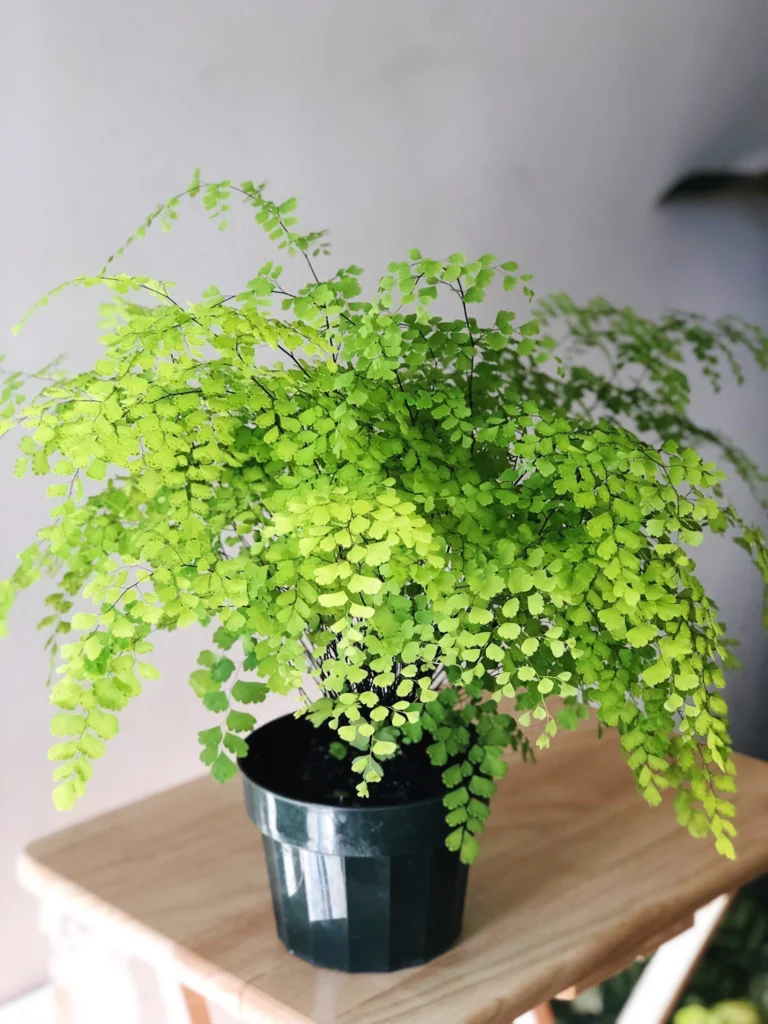
Description: Maidenhair Fern is a delicate plant with feathery, light green fronds. It adds a touch of softness to any space.
Why It Thrives in the Dark: This fern’s natural habitat includes shaded forest floors, making it well-suited for low-light conditions. It requires high humidity to thrive.
Care Tips:
- Watering: Keep the soil consistently moist but not soggy. Maidenhair Ferns are sensitive to drying out.
- Soil: Use a rich, organic potting mix.
- Light: Thrives in low to medium indirect light. Requires high humidity to maintain healthy fronds.
8. Dracaena (Dracaena spp.)
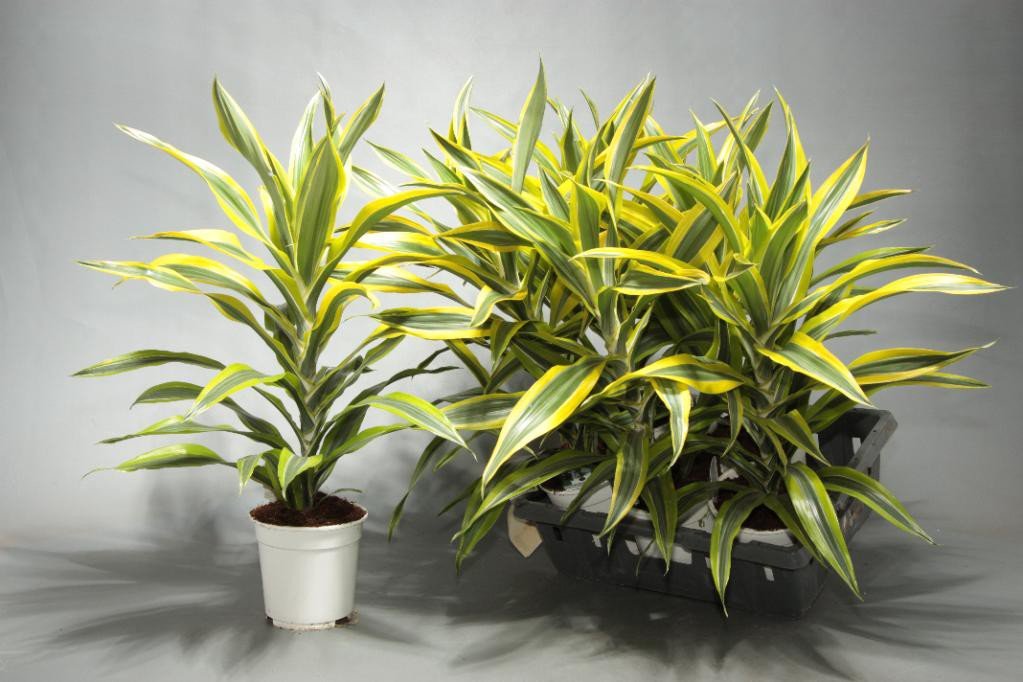
Description: Dracaenas are a diverse group of plants with striking foliage and varying forms. They are popular for their ease of care and unique appearance.
Why It Thrives in the Dark: Many Dracaena varieties are adapted to low-light conditions and can tolerate neglect. They’re also known for their air-purifying abilities.
Care Tips:
- Watering: Allow the soil to dry out between waterings. Dracaenas are prone to root rot if overwatered.
- Soil: Use a well-draining potting mix.
- Light: Prefers low to medium indirect light. Some varieties can adapt to lower light conditions.
9. Philodendron (Philodendron spp.)
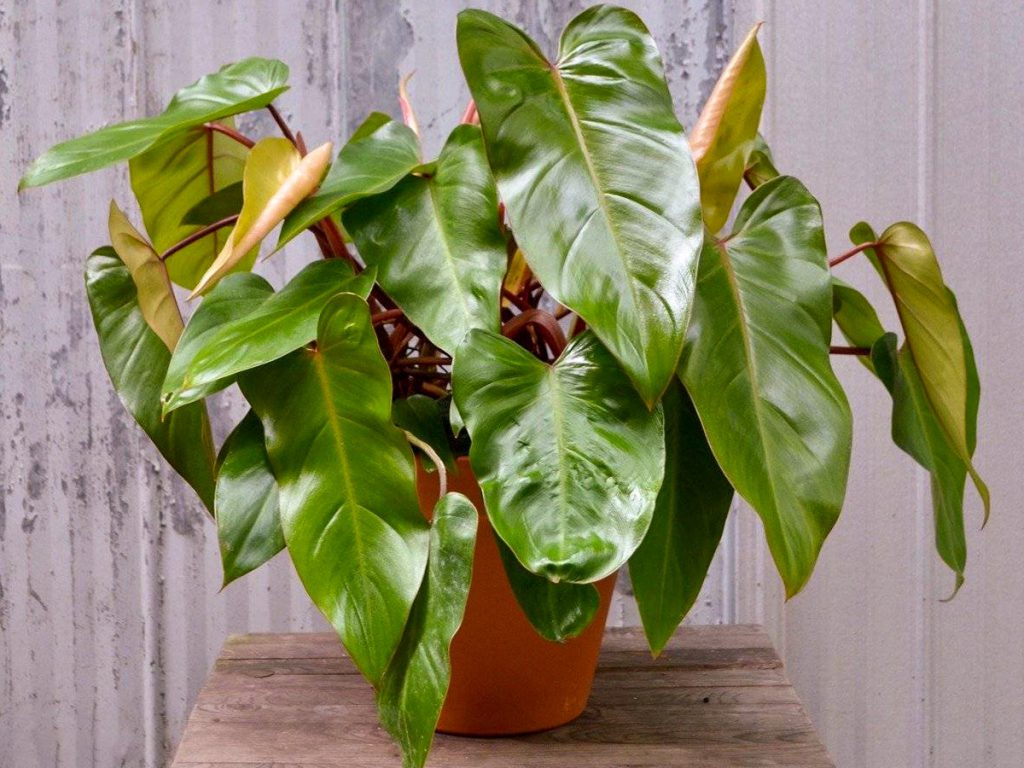
Description: Philodendrons are popular for their diverse leaf shapes and ease of care. They are versatile plants that can fit various interior styles.
Why It Thrives in the Dark: Philodendrons are adapted to grow in the understory of tropical forests, making them well-suited for low-light conditions.
Care Tips:
- Watering: Water when the top inch of soil feels dry. They are forgiving of occasional neglect.
- Soil: A standard potting mix works well.
- Light: Thrives in low to medium indirect light. Avoid direct sunlight, which can scorch the leaves.
10. Spider Plant (Chlorophytum comosum)
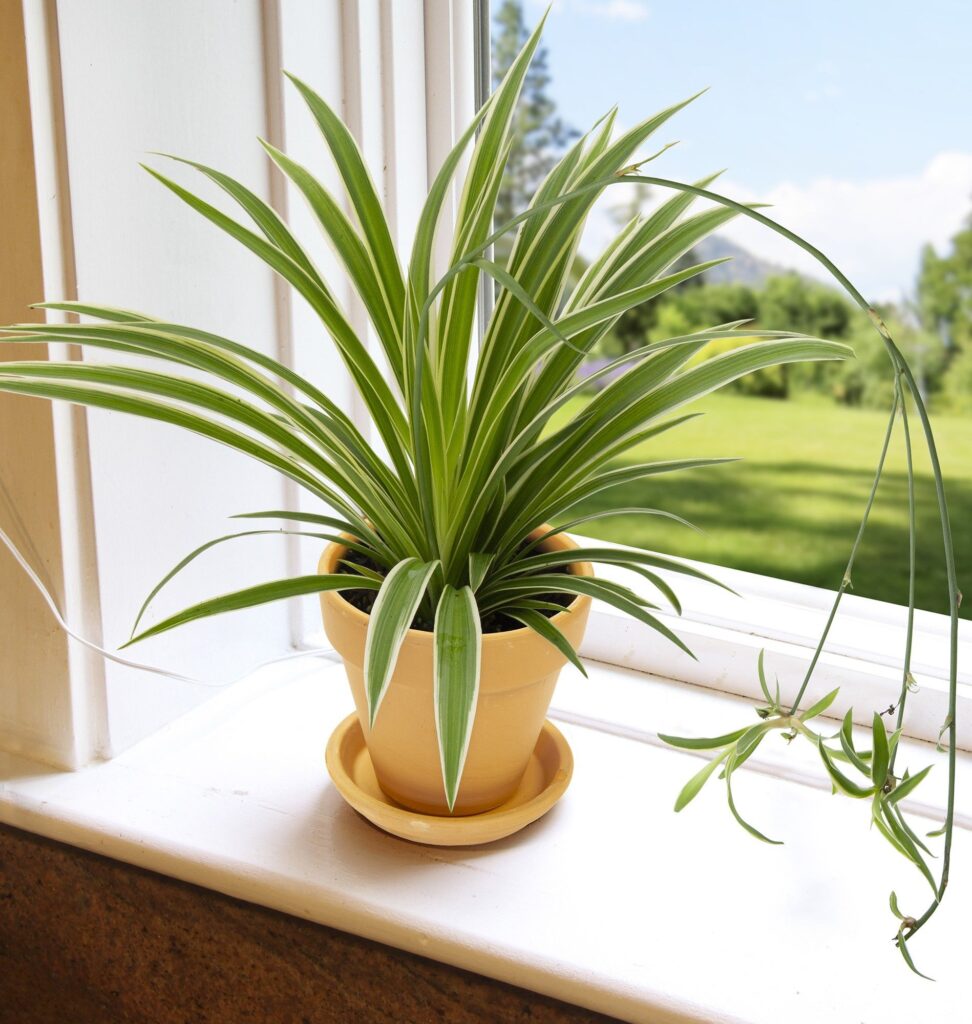
Description: The Spider Plant is known for its arching leaves and baby plantlets that dangle from long stems. It’s a popular choice for its ease of care and air-purifying qualities.
Why It Thrives in the Dark: Spider Plants are adaptable and can grow in low-light conditions. They are also known for their resilience and rapid growth.
Care Tips:
- Watering: Allow the soil to dry out between waterings. Spider Plants are sensitive to fluoride in tap water, so use filtered water if possible.
- Soil: Use a well-draining potting mix.
- Light: Prefers low to medium indirect light. Avoid direct sunlight, which can cause leaf burn.
General Tips for Caring for Low-Light Houseplants
Taking care of houseplants in low light requires understanding their unique needs and adjusting your care routine accordingly. Here are some essential tips to ensure your plants remain healthy and vibrant in low-light conditions.
Watering Needs
Proper watering is crucial for the health of your low-light houseplants.
- Avoid Overwatering: Many low-light plants have adapted to drier conditions and can be prone to root rot if overwatered. Always allow the soil to dry out between waterings.
- Check Soil Moisture: Use your finger to check if the top inch of soil is dry. For many low-light plants, this is a good indicator of when to water.
- Watering Frequency: Low-light plants generally require less frequent watering than those in brighter environments. Adjust based on the plant’s specific needs and the room’s humidity.
Soil and Potting
Choosing the right soil and potting mix can make a significant difference.
- Use Well-Draining Soil: Most low-light plants prefer a well-draining potting mix to prevent waterlogging. Look for mixes that include components like perlite, peat moss, or sand.
- Pot Size: Ensure the pot has drainage holes to prevent excess water from accumulating. A pot that is too large can retain more moisture than the plant needs.
Fertilizing
Low-light plants generally need less fertilizer.
- Frequency: Fertilize your plants sparingly. Over-fertilization can lead to salt buildup and harm the plant. Generally, fertilize once every 1-2 months during the growing season (spring and summer).
- Type of Fertilizer: Use a balanced, water-soluble fertilizer. Dilute it to half the recommended strength to avoid overfertilization.
Common Challenges
Plants in low-light conditions can face specific issues:
- Leaf Drop: If your plant is dropping leaves, it may be a sign of overwatering, underwatering, or insufficient light.
- Leggy Growth: Plants may become leggy or stretched out in low light as they reach for light. Rotate the plant regularly to encourage even growth.
- Pest Issues: Even low-light plants can be susceptible to pests like spider mites or aphids. Regularly inspect your plants and treat any infestations promptly.
Tips for Addressing Common Issues:
- Improve Light: Even low-light plants benefit from occasional exposure to brighter light. Rotate plants or place them near a light source for a few hours a day.
- Humidity: Many low-light plants prefer higher humidity. Consider using a humidity tray or a room humidifier if your space is dry.
The Benefits of Low-Light Houseplants
Low-light houseplants offer several benefits beyond their ability to thrive in dim environments. Incorporating these plants into your home or office can enhance your space in various ways.
Air Purification
Many low-light houseplants are renowned for their air-purifying properties. They help remove toxins and improve air quality, which is especially beneficial in indoor environments.
Key Air-Purifying Plants:
- Peace Lily (Spathiphyllum): Known for removing formaldehyde, benzene, and trichloroethylene.
- Snake Plant (Sansevieria): Effective in filtering out formaldehyde, xylene, toluene, and nitrogen oxides.
- ZZ Plant (Zamioculcas zamiifolia): Helps reduce airborne toxins like benzene and xylene.
Scientific Data: A study by NASA found that houseplants can reduce indoor pollutants and improve air quality. Peace lilies and snake plants were among the top performers in removing volatile organic compounds (VOCs) from the air.
Aesthetic Appeal
Houseplants for low light add a touch of nature to otherwise sparse or dull spaces. Their presence can transform a room, making it feel more welcoming and alive.
Design Benefits:
- Visual Interest: Low-light plants come in various shapes, sizes, and colors, adding texture and depth to your décor.
- Versatility: They can be placed in various locations, from dark corners to shelves and desktops, enhancing the visual appeal of any space.
- Natural Beauty: Plants add a calming, natural element that artificial décor can’t replicate.
Low Maintenance
Low-light plants are often chosen for their minimal care requirements, making them ideal for busy individuals or those who may not have a green thumb.
Advantages:
- Less Frequent Watering: Many low-light plants need less water, reducing the need for constant attention.
- Resilience: These plants are often hardy and can tolerate a range of indoor conditions, including occasional neglect.
- Minimal Pruning: They generally require less frequent pruning and maintenance compared to high-light plants.
Case Study: An office study showed that adding low-maintenance houseplants like Pothos and ZZ Plants improved employee satisfaction and productivity. Employees reported feeling more relaxed and content in a greener workspace.
Additional Benefits
- Mood Enhancement: Greenery has been shown to have a positive impact on mental health. It can reduce stress, increase productivity, and improve overall well-being.
- Noise Reduction: Plants can help absorb and reduce indoor noise, contributing to a quieter and more serene environment.
How to Choose the Right Low-Light Houseplant for Your Space
Selecting the perfect houseplant for low light involves considering several factors to ensure it thrives in your specific environment. Here’s a step-by-step guide to help you choose and care for the right plant.
Assessing Your Space
Before choosing a plant, evaluate your space to determine the most suitable options:
- Light Conditions:
- Measure Light: Use a light meter or app to measure light levels. Low-light areas typically have readings below 50–100 foot-candles.
- Check Light Sources: Consider any indirect or artificial light sources that might affect your plant’s growth.
- Room Environment:
- Temperature: Ensure the plant’s temperature requirements match your room’s conditions. Most low-light plants prefer temperatures between 60 and 75 °F (15 and 24 °C).
- Humidity: Check the humidity levels. Some low-light plants, like ferns, thrive in higher humidity.
- Space Size and Layout:
- Plant Size: Choose a plant that fits the size of your space. For smaller areas, opt for compact or trailing plants.
- Placement: Decide where the plant will be placed. Ensure it has enough space to grow and doesn’t obstruct movement.
Choosing the Right Plant
Select a plant that matches your space’s conditions and your care preferences:
- Maintenance Level:
- Low Maintenance: If you prefer minimal care, choose hardy plants like ZZ plants or snake plants.
- Moderate Maintenance: For a bit more involvement, consider peace lilies or spider plants, which may need occasional attention.
- Growth Rate:
- Slow Growers: Plants like Snake Plants and ZZ Plants grow slowly and need less frequent repotting.
- Fast Growers: Pothos and spider plants grow quickly and may need more frequent pruning and repotting.
- Plant Aesthetics:
- Leaf Shape and Color: Choose a plant with leaves and colors that complement your décor. For example, the variegated leaves of a Chinese Evergreen or the trailing vines of Pothos can enhance your space’s visual appeal.
Considerations:
- Allergies: Ensure the plant is non-toxic, especially if you have pets or children. For example, Peace Lilies are toxic to cats and dogs.
- Pet-Friendly: If you have pets, consider non-toxic options like Spider Plants or Boston Ferns.
Tips for Successful Plant Care
- Regular Monitoring: Check your plant’s condition regularly. Look for signs of stress, such as yellowing leaves or stunted growth.
- Adaptation: Be prepared to adjust care based on your plant’s response to its environment. For instance, move the plant if it appears leggy or discolored.
- Seasonal Adjustments: Light levels can change with the seasons. Monitor your plant’s health and adjust watering or light exposure as needed.
Infographic: Choosing the Right Low-Light Houseplant
| Light Level | Low to very low, indirect light | Snake Plant, ZZ Plant |
| Temperature Range | 60-75°F (15-24°C) | Pothos, Peace Lily |
| Humidity | Low to high, depending on plant type | Maidenhair Fern, Spider Plant |
| Maintenance | Low to moderate | ZZ Plant, Chinese Evergreen |
| Aesthetic Preference | Leaf shape, color, and growth habit | Philodendron, Cast Iron Plant |
Choosing the right houseplant for low light involves understanding your space and selecting a plant that fits both the environmental conditions and your personal preferences. With the right plant, you can enhance your indoor environment and enjoy the benefits of greenery, even in spaces with minimal natural light.
Frequently Asked Questions About Low-Light Houseplants
Can houseplants survive in complete darkness?
No, most houseplants cannot survive in complete darkness. While some plants are tolerant of low light, they still need at least some indirect light to perform photosynthesis. For spaces with no natural light, consider using artificial grow lights to supplement the lack of natural light.
How often should I water low-light houseplants?
The watering frequency for low-light houseplants depends on the specific plant and environmental conditions. Generally, it’s best to allow the soil to dry out between waterings. Overwatering is a common issue with low-light plants, so always check the soil moisture before adding more water.
General Guidelines:
Succulents and Cacti: Water every 2–3 weeks.
Tropical Plants: Water when the top inch of soil is dry, usually every 1-2 weeks.
Ferns and Peace Lilies: Keep the soil consistently moist but not soggy.
How can I improve light conditions for my low-light plants?
Even low-light plants can benefit from additional light. Here are some ways to improve light conditions:
Reflective Surfaces: Use mirrors or light-colored walls to reflect and diffuse light.
Artificial Lighting: Install full-spectrum LED grow lights to mimic natural sunlight.
Plant Placement: Move plants closer to light sources or rotate them regularly to ensure all sides receive some light.
What are some signs that my low-light houseplant is not doing well?
Signs of distress in low-light plants can include:
Yellowing leaves It is often a sign of overwatering or a lack of nutrients.
Leggy Growth: Indicates that the plant is stretching towards a light source, suggesting it needs more light.
Brown Leaf Tips: This can result from underwatering, low humidity, or fluoride toxicity.
Leaf Drop: May be due to overwatering, temperature fluctuations, or sudden changes in light.
Solutions:
Adjust watering schedules and check soil moisture.
Increase light exposure, either by moving the plant or adding artificial lighting.
Maintain consistent temperature and humidity levels.
Can I grow low-light houseplants in an office or workspace?
Yes, low-light houseplants are well-suited for office environments. Many offices have limited natural light, and low-light plants can thrive in these conditions. In addition to their aesthetic benefits, they can help improve air quality and create a more pleasant work environment.
Best Options for Offices:
ZZ Plant: Tolerates neglect and low light, ideal for busy workspaces.
Pothos: Easy to care for and adaptable, they can be placed on desks or shelves.
Snake Plant: Requires minimal care and can thrive in dimly lit corners.
Are there any low-light houseplants that are safe for pets?
Yes, several low-light houseplants are non-toxic and safe for pets. However, always double-check the toxicity of specific plants, especially if your pets tend to chew on plants.
Pet-Safe Options:
Spider Plant: non-toxic and resilient, making it a good choice for homes with pets.
Boston Fern is safe for pets and thrives in low-light conditions.
Parlor Palm is pet-friendly and adds a tropical touch to any room.
Can I propagate low-light houseplants?
Yes, many low-light houseplants can be propagated to create new plants. Propagation methods vary by plant type, but common methods include:
Cuttings: For plants like Pothos and Philodendron, take stem cuttings and root them in water or soil.
Division: Some plants, like spider plants and peace lilies, can be divided into smaller sections and repotted.
Offsets: Plants like snake plants and ZZ plants produce offsets, or pups, that can be separated and grown as new plants.
Propagation Tips:
Use clean, sharp tools to prevent disease.
Provide a humid environment and adequate light for the best results.
